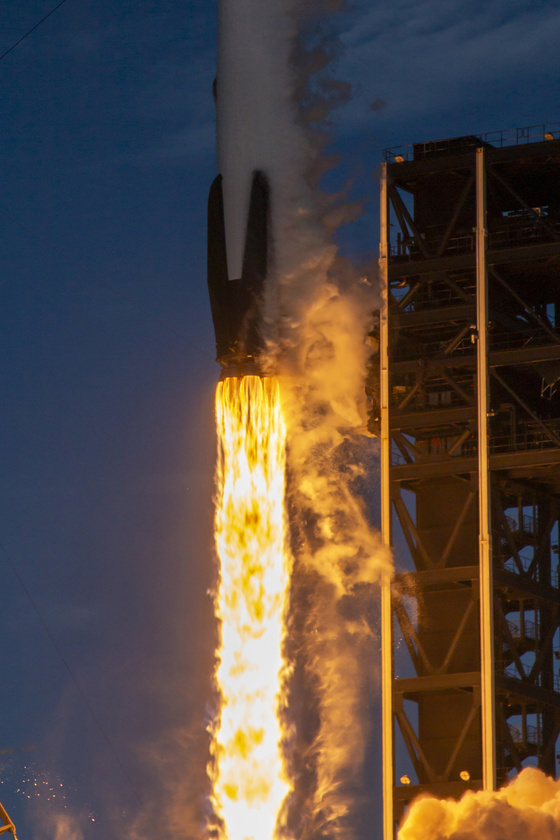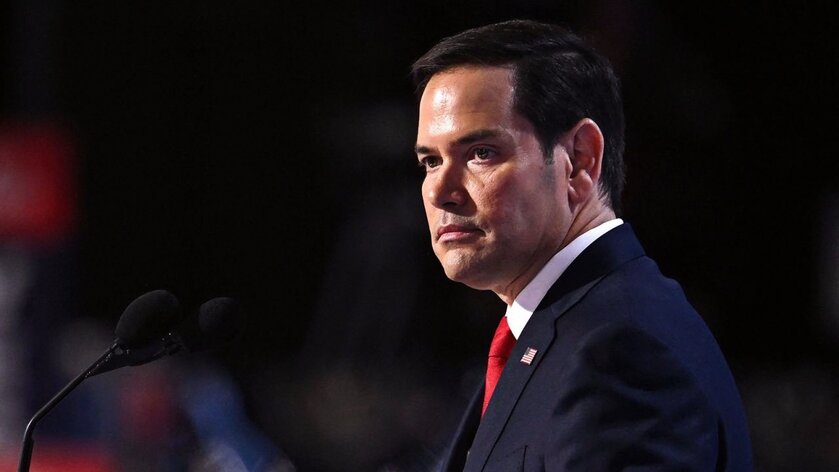A SpaceX Falcon 9 rocket launched 24 of Amazon's Project Kuiper internet spacecraft from Launch Complex 40 at Cape Canaveral Space Force Station in Florida on Aug. 11, at 1235 UTC. The first-stage booster(B1091), which was a converted Falcon Heavy core stage, returned to Earth approximately 8.5 minutes after liftoff, landing safely on the droneship 'A Shortfall of Gravitas' in the Atlantic Ocean.
The Falcon 9's upper stage placed the 24 Kuiper satellites into an initial parking orbit about an hour after launch. The satellites were deployed over a 7.5-minute period beginning approximately 56 minutes after liftoff. The satellites will use onboard electric propulsion to raise their orbits to the operational altitude of 630 kilometers.
KF-02 mission was part of Amazon's effort to build a constellation of 3,232 satellites to compete with SpaceX's Starlink network. Amazon has booked over 80 launches for the project, initially relying on United Launch Alliance (ULA), Arianespace, and Blue Origin, but turned to SpaceX for additional capacity due to launch schedule constraints.
The majority of SpaceX’s 2025 Falcon 9 launches—over 70%—have focused on expanding Starlink, the company’s megaconstellation that now includes more than 8,100 operational satellites in low Earth orbit (LEO). Starlink continues to grow rapidly, providing global broadband coverage, while Amazon’s Project Kuiper, with only four launches so far, is in its early stages with 102 satellites deployed after this mission.
Monday's launch was the fifth scheduled attempt for the mission, designated KF-02, following previous delays -- on August 9 due to poor weather at the launch site and on August 10 due to unfavorable recovery conditions.
This launch was also the 97th Falcon 9 mission of the year, with the other three missions being suborbital test flights of SpaceX’s Starship, a reusable vehicle designed for Mars colonization.
Following Monday's flight, this Falcon 9 booster, B1091 is expected to be reconfigured and flown as a Falcon Heavy center booster.















